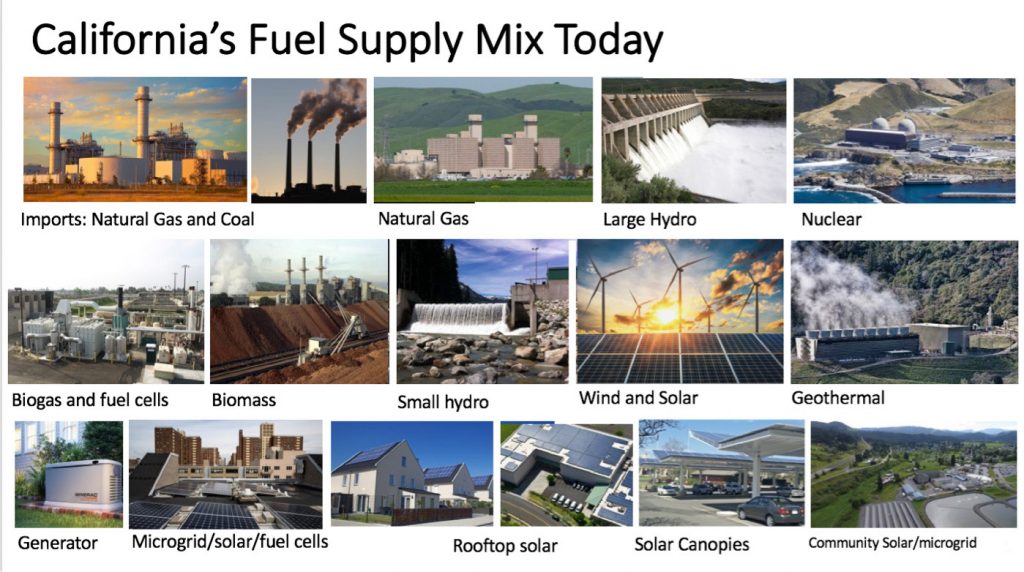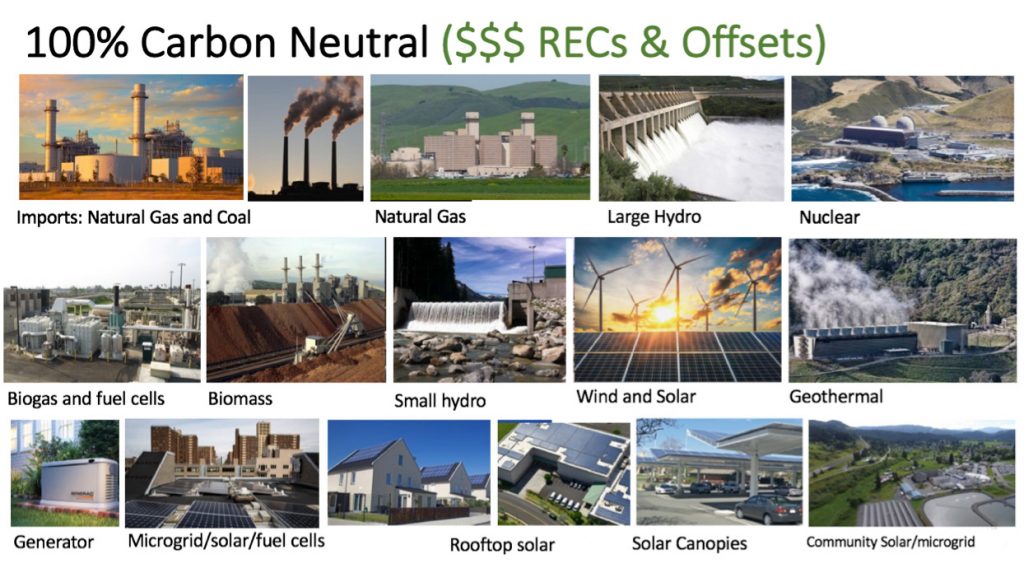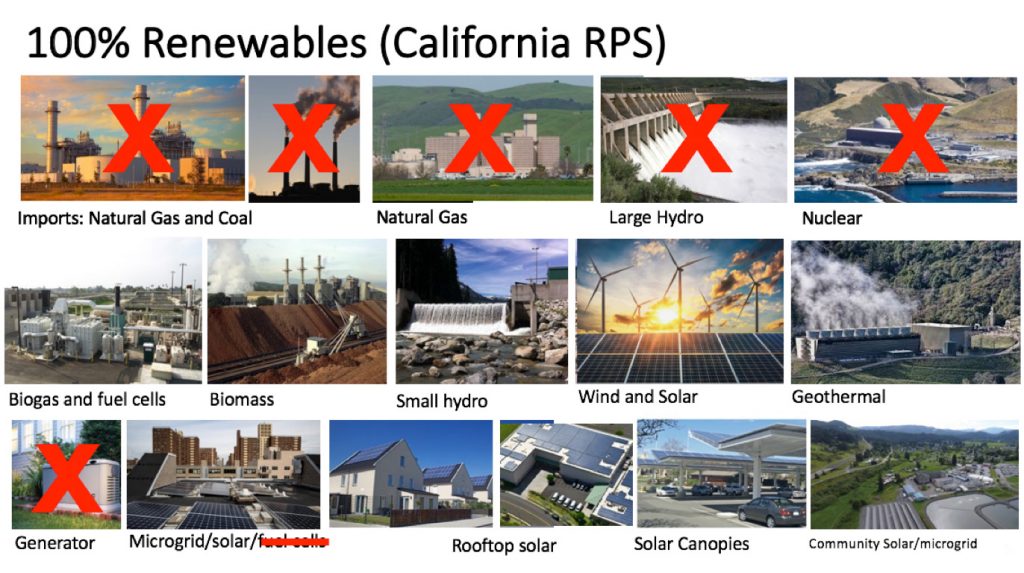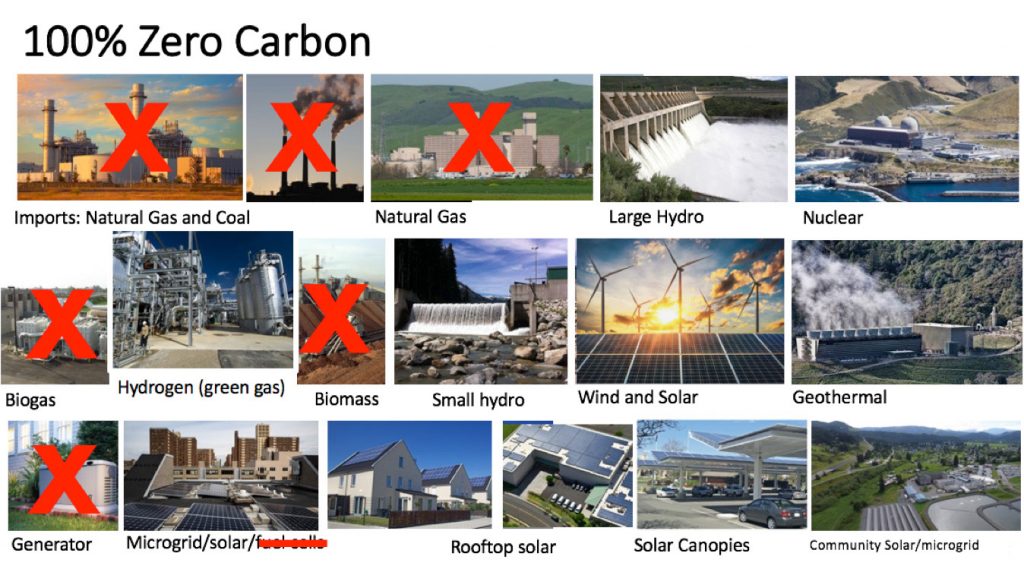Understand distinctions of aspirational climate goals
It’s become quite common for policymakers to use aspirational targets interchangeably when, in fact, they are very different operationally. While addressing the impact of CO2 on the environment is necessary, admirable, and urgent; the realities of meaningfully transforming modern, energy-dependent societies are complicated. It is far easier to declare aggressive goals than it is to replace generation reliably and affordably in a decade or two.
Let's look at the specifics
Target Goals Explained
100% Carbon Neutral
This means an entity purchases enough carbon-free resources to cover total annual demand. Claims rely on the purchase of renewable energy credits or offsets (which may displace coal or natural gas in other locations) instead of actual carbon reduction at all hours. It doesn’t impact the overall generation mix.
100% Renewables
This requires electricity and heat to come only from solar, wind, geothermal and hydro. Renewables also include biofuels and landfill gas, which are not carbon free. In California, large hydro and nuclear are not included in renewable portfolio standards (RPS), which is counter-productive if the primary goal is reducing carbon.
100% Zero Carbon or Carbon-Free
This requires electricity to come only from nuclear, hydro, solar, wind and geothermal resources. These may not always be the least-expensive resources available, which is an important consideration for regulators, utilities and customers. Green gas like hydrogen may become replacement fuel in the future.hours. It doesn’t impact the overall generation mix.




